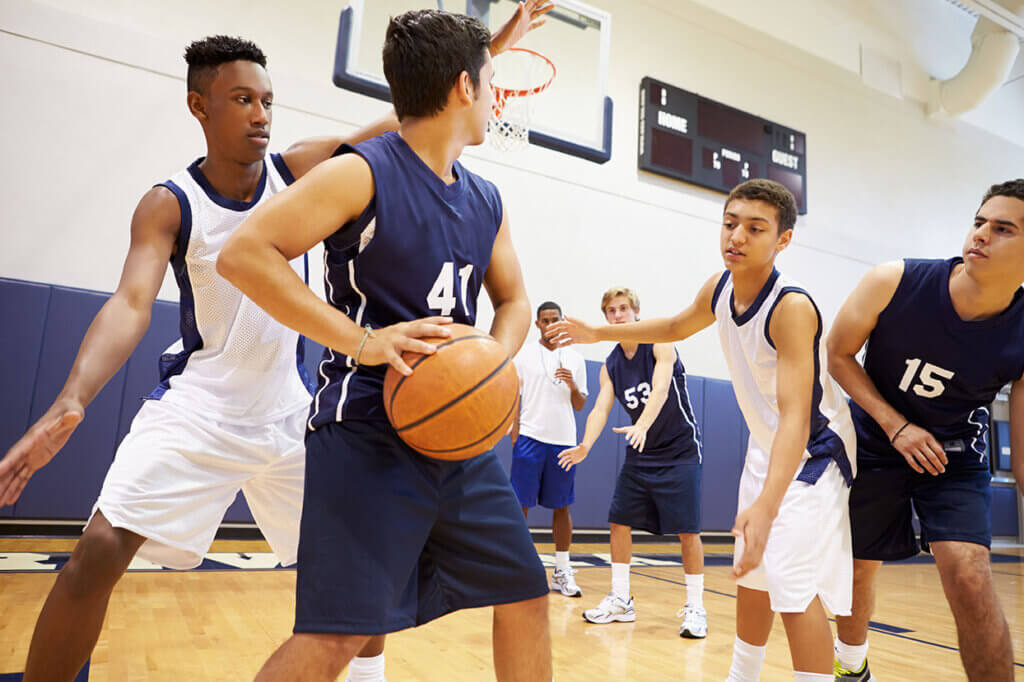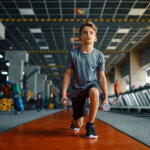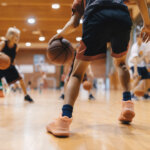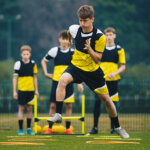Stop Training Aimlessly

Sport is hard, and training for sport is even more difficult to navigate.
But it’s important to make this easier by training with purpose.
As we know, apps such as Tik Tok and Instagram have become a vessel for fitness influencers to share their encyclopaedia of exercise ideas based on what they, as content creators, try to achieve within their workouts. But as an individual it’s important to have a specialised program that is targeted towards helping you achieve YOUR goals, whether on the sporting field or even from a health and fitness perspective.
As therapists and coaches, we see a lot of junior and semi-elite athletes training hard and well, but without clarity on what they are trying to achieve from it. Take Rugby League for example, a sport that requires a variety of attributes to perform well including balance, agility, strength, speed, and power. An adequate strength and conditioning program would need to incorporate exercises that target all these qualities, and that’s where most athletes can lose grasp of their training purpose.
Additionally, coaches and trainers will adjust programs and implement strategies to help players/athletes work through their seasonal requirements without adverse events.
These are as follows:

PERIODIZATION
Training loads and styles can vary to account for more focus on injury prevention whilst maintaining maximal muscular strength/power, speed, and proprioception.

SPORTS-SPECIFIC TRAINING LOADS
During the season, the ratio between gym time and on-field/court/track training will adjust to account for more gameplay/race simulation and hence more attention will be given towards improving sport-specific skill acquisition. Often training loads are higher during pre-seasons, therefore a reduction needs to be made once matches/races commence to allow for sufficient recovery and adaptation.

INJURY PREVENTION AND RECOVERY
Programming may also involve more proprioception-based training as well as mobility/flexibility exercises to help reduce the likelihood of sustaining and injury during the season. This can also involve agility/plyometric exercises for those sports involving a lot of jumping and landing as well as change of direction.
Leighton Milburn – Physiotherapist
